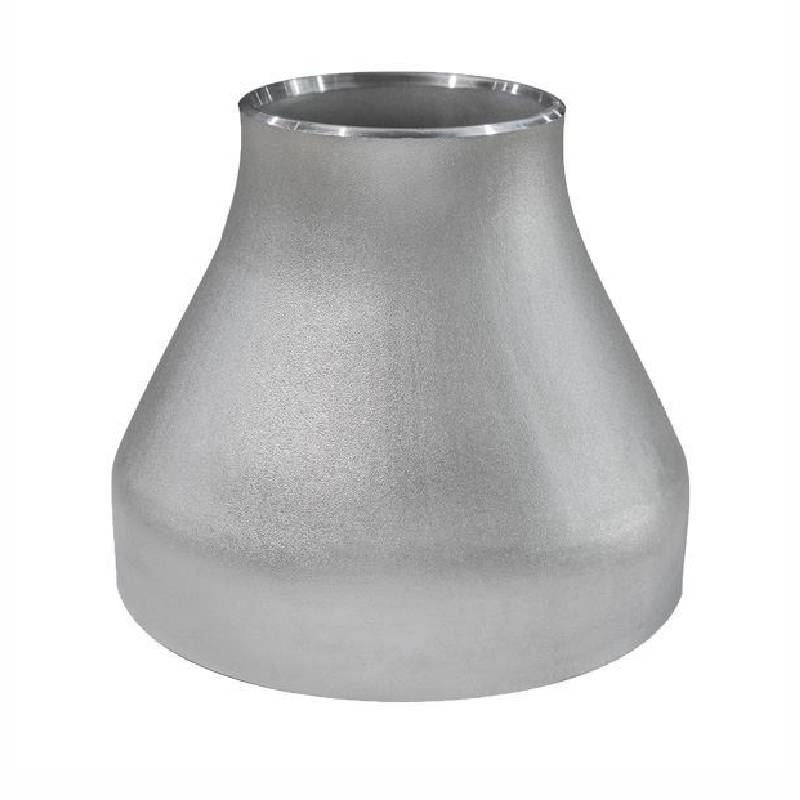-
Cangzhou Yulong Steel Co., Ltd.
-
Phone:
+86 13303177267 -
Email:
admin@ylsteelfittings.com
- English
- Arabic
- Italian
- Spanish
- Portuguese
- German
- kazakh
- Persian
- Greek
- French
- Russian
- Polish
- Thai
- Indonesian
- Vietnamese
- Zulu
- Korean
- Uzbek
- Hindi
- Serbian
- Malay
- Ukrainian
- Gujarati
- Haitian Creole
- hausa
- hawaiian
- Hebrew
- Miao
- Hungarian
- Icelandic
- igbo
- irish
- Japanese
- Javanese
- Kannada
- Khmer
- Rwandese
- Afrikaans
- Albanian
- Amharic
- Armenian
- Azerbaijani
- Basque
- Belarusian
- Bengali
- Bosnian
- Bulgarian
- Catalan
- Cebuano
- China
- China (Taiwan)
- Corsican
- Croatian
- Czech
- Danish
- Esperanto
- Estonian
- Finnish
- Frisian
- Galician
- Georgian
- Kurdish
- Kyrgyz
- Lao
- Latin
- Latvian
- Lithuanian
- Luxembourgish
- Macedonian
- Malgashi
- Malayalam
- Maltese
- Maori
- Marathi
- Mongolian
- Myanmar
- Nepali
- Norwegian
- Norwegian
- Occitan
- Pashto
- Dutch
- Punjabi
- Romanian
- Samoan
- Scottish Gaelic
- Sesotho
- Shona
- Sindhi
- Sinhala
- Slovak
- Slovenian
- Somali
- Sundanese
- Swahili
- Swedish
- Tagalog
- Tajik
- Tamil
- Tatar
- Telugu
- Turkish
- Turkmen
- Urdu
- Uighur
- Welsh
- Bantu
- Yiddish
- Yoruba

Dec . 11, 2024 15:30 Back to list
Understanding ANSI B16.5 Standard for 150 RF Flanges and Their Applications
Understanding ANSI B16.5 and its Significance in Flange Design
The ANSI B16.5 standard is critical in the realm of industrial piping and flange connections. Developed by the American National Standards Institute (ANSI), this standard specifies the dimensions, materials, and pressure-temperature ratings for flanges used in piping systems. ANSI B16.5 specifically covers flanges that have nominal pipe sizes ranging from ½ inch to 24 inches, making it an essential reference for engineers, designers, and manufacturers in various industries including oil and gas, chemical processing, and water treatment.
Flange Types and Applications
ANSI B16.5 provides specifications for several types of flanges, including weld neck, slip-on, blind, threaded, and socket weld flanges. Each type is designed for specific applications and installation methods. For instance, weld neck flanges are often used in high-pressure applications because they provide a strong connection to the pipe and better resistance to stress concentrations. On the other hand, slip-on flanges are typically easier to install and are commonly used in moderate-pressure situations.
The versatility of flanges makes them integral components in a wide array of piping systems. They allow for easy assembly and disassembly, which is crucial for maintenance and repairs. Additionally, the ability to connect various piping materials using flanges facilitates the design of complex piping layouts in industrial processes, enhancing flexibility and efficiency.
Material Specifications
One of the critical aspects of ANSI B16.5 is its emphasis on material specifications. The standard outlines various material grades suitable for different environmental conditions, ensuring that the flanges can withstand the respective pressures and temperatures they will encounter in operation. Common materials include carbon steel, stainless steel, and alloy steels, each selected for its durability, corrosion resistance, and strength.
For example, stainless steel flanges are often preferred in environments susceptible to corrosion, while carbon steel flanges may be chosen for their strength and cost-effectiveness in less corrosive settings. By adhering to ANSI B16.5, manufacturers and engineers can ensure that their flanges meet the necessary safety and performance criteria.
ansi b16 5 150 rf

Pressure-Temperature Ratings
Another fundamental component of ANSI B16.5 is the detailing of pressure-temperature ratings for flanges. These ratings define the maximum allowable pressure and temperature that can be safely applied to the flange without risking failure. Understanding these ratings is essential for engineers to design safe piping systems and avoid potential leaks or ruptures.
Flanges are classified into different classes ranging from Class 150 to Class 2500, with each class corresponding to specific pressure and temperature limits. For instance, a Class 150 flange can handle pressures up to 285 psi at 100°F, while a Class 2500 flange can withstand pressures of 7500 psi at the same temperature. The selection of flange class should align with the operational conditions of the piping system to guarantee reliability and safety.
Importance of Compliance
Compliance with ANSI B16.5 and other relevant standards is crucial for manufacturers and operators. Not only does it ensure the safety and reliability of piping systems, but it also promotes standardization across the industry. This standardization simplifies procurement processes and enables better compatibility among components from different manufacturers.
Additionally, adhering to ANSI standards can help businesses maintain regulatory compliance and reduce liability risks associated with piping failures. In an industry where safety is paramount, following ANSI B16.5 is not just a best practice—it is a necessary step to ensure operational integrity and safety.
Conclusion
In summary, ANSI B16.5 plays a vital role in the design and implementation of flange connections in piping systems. Its well-defined specifications regarding flange types, materials, and pressure-temperature ratings support the development of safe and efficient industrial processes. As industries continue to evolve, the importance of adhering to ANSI B16.5 and maintaining high standards in flange design will remain a cornerstone of engineering practices. It is imperative for professionals in the field to stay informed about these standards to enhance safety and efficiency in their projects.
Latest news
-
ANSI 150P SS304 SO FLANGE
NewsFeb.14,2025
-
ASTM A333GR6 STEEL PIPE
NewsJan.20,2025
-
ANSI B16.5 WELDING NECK FLANGE
NewsJan.15,2026
-
ANSI B16.5 SLIP-ON FLANGE
NewsApr.19,2024
-
SABS 1123 FLANGE
NewsJan.15,2025
-
DIN86044 PLATE FLANGE
NewsApr.19,2024
-
DIN2527 BLIND FLANGE
NewsApr.12,2024
-
JIS B2311 Butt-Welding Fittings LR/SR 45°/90° /180°Seamless/Weld
NewsApr.23,2024











